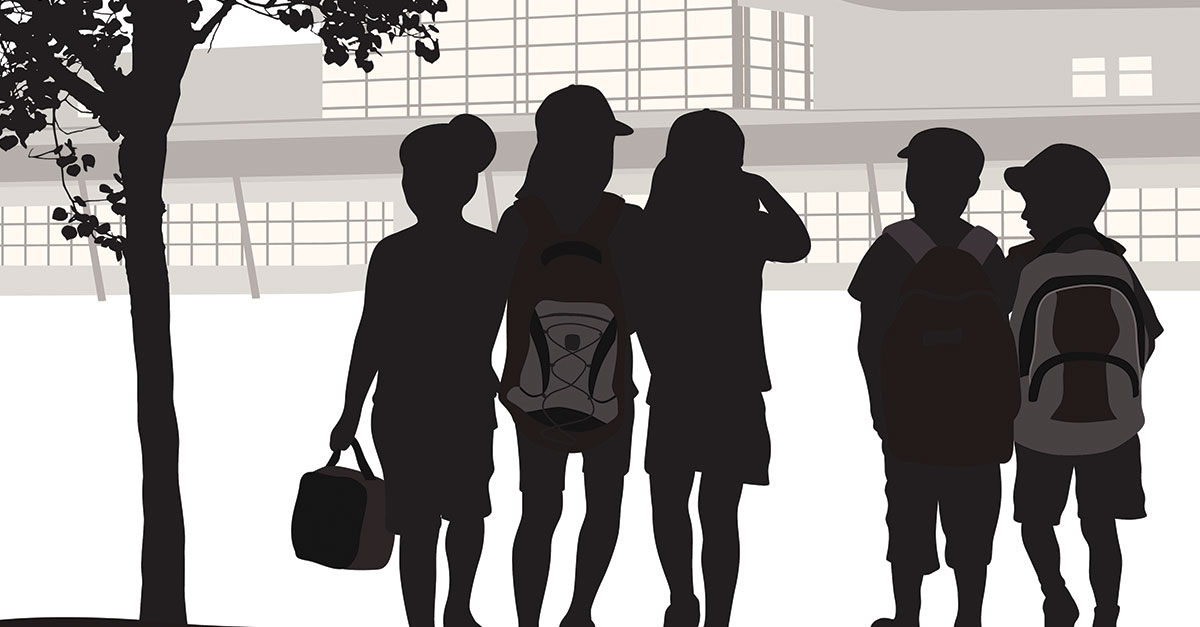Editor’s note: May is Asian/Pacific American Heritage Month – a national celebration of the vibrant and diverse traditions and contributions of Asian and Pacific Islander Americans. This month comes at a pivotal time in the awareness and acknowledgement of the discrimination against Asian Americans in the United States, both current and historic.
By CSBA President Suzanne Kitchens
The past 12 months have been some of the most trying in modern American history. It was nearly one year ago that a country struggling to combat a pandemic and adapt to the upheaval of everyday life, experienced a second shock following George Floyd’s murder at the hands of Minneapolis police. The gruesome footage of Floyd’s death sparked worldwide demonstrations and a national dialogue about race and equity. While protests flooded the streets of major cities and dominated the airwaves, incidents of violence against Asian Americans rose at an alarming rate while remaining mostly under the radar.
On March 16, the nation was forced to pay attention when the hateful rhetoric, harassment and assaults against Asian Americans culminated in the murder of eight people, including six women of Asian descent in Atlanta, Georgia.
Last year, anti-Asian hate crimes reported to police in 16 of America’s largest cities surged by 149 percent, while overall hate crimes dropped 7 percent, according to the Center for the Study of Hate & Extremism at California State University, San Bernardino. The Stop AAPI Hate reporting center — a self-reporting portal created in March 2020 to track and respond to incidents of hate, violence, harassment, discrimination, shunning and child bullying against Asian Americans and Pacific Islanders in the United States — released data showing that between March and July 2020, more than 40 percent of reports were from California.
From the extortion and violence against Chinese laborers in the 1850s to the Chinese Exclusion Act of 1882 to the internment of Japanese Americans during World War II — an incidence of personal pain and significance for my family, as my mother was interned during her senior year of high school — the oppression of Asian Americans runs deep even in a state that prides itself as a bastion of enlightenment. We’ve seen it in the persecution of Filipino American workers and the targeting of Southeast Asian refugees in the 1989 Cleveland Elementary School massacre that set the stage for modern school shooting incidents that have become almost commonplace. More recently, we’ve seen hatred and ignorance result in violence against Sikhs and Muslims of Asian descent after the Sept. 11 terrorist attacks. And now in 2021, the toxic cocktail of racism and aggression that afflicts much of American history has gained additional potency in the most heinous form of anti-Asian violence.
If we hope to live our principles as a state and a nation, we must confront the harassment and violence head-on and reconsider the way we view Americans of Asian descent — particularly our students. At the state level, the Legislature approved $1.4 million in state funding on Feb. 22 to help combat anti-Asian violence and racism by partnering with the Stop AAPI Hate reporting center. As school leaders, we have an obligation to help future generations relate to and accept one another. We must adopt policy that supports inclusion and upholds the principles of equality and respect for people of all backgrounds for which this country is always striving. We must also set that tone in the way we conduct our board meetings and the way we reach out to and interact with our local educational agencies’ families, community organizations and other stakeholders.
The Pew Research Center finds that Asian Americans are the fastest growing racial or ethnic group in the U.S., with a population growth of 81 percent between 2000 and 2019. So, when we talk about educating the whole child, adopting anti-bullying measures, implementing restorative practices and developing positive school cultures, we must be intentional about using these measures to better support Asian American students. We must not let the myth of the “model minority” allow us to ignore the very real discrimination and hate faced by Americans of Asian descent. And we must not let that myth hide the fact that Asian Americans represent incredibly diverse communities with different ethnic, socioeconomic, historic and migratory characteristics. For example, while a 2017 report released by the U.S. Census Bureau cited that more than 55 percent of Asian Americans currently hold a bachelor’s degree, digging a little deeper produces a very different picture: only 14 percent of Laotian, 17 percent of Hmong Americans and Cambodian Americans, and 27 percent of Vietnamese Americans have a bachelor’s degree or higher.
As home to the highest concentration of Asian Americans in the U.S., California and its public schools have a particular responsibility to create welcoming and inclusive school cultures that recognize the diversity of this population and provide targeted supports to help students succeed in academic, social and civic life. More than that, we have a responsibility as human beings to acknowledge past wrongs, not only as a means of atonement but as the foundation to building a better and more equitable future for ourselves and our children. It’s high time that the challenges, sacrifices and oppression Asian Americans faced in years gone by and still encounter today are recognized and addressed in meaningful ways. This is not a courtesy or a gift, but a requirement if we wish to uphold the aspirational ideal of America, stamp out hatred and create the conditions for an empathy, respect and shared understanding that extend to every member of this nation.





